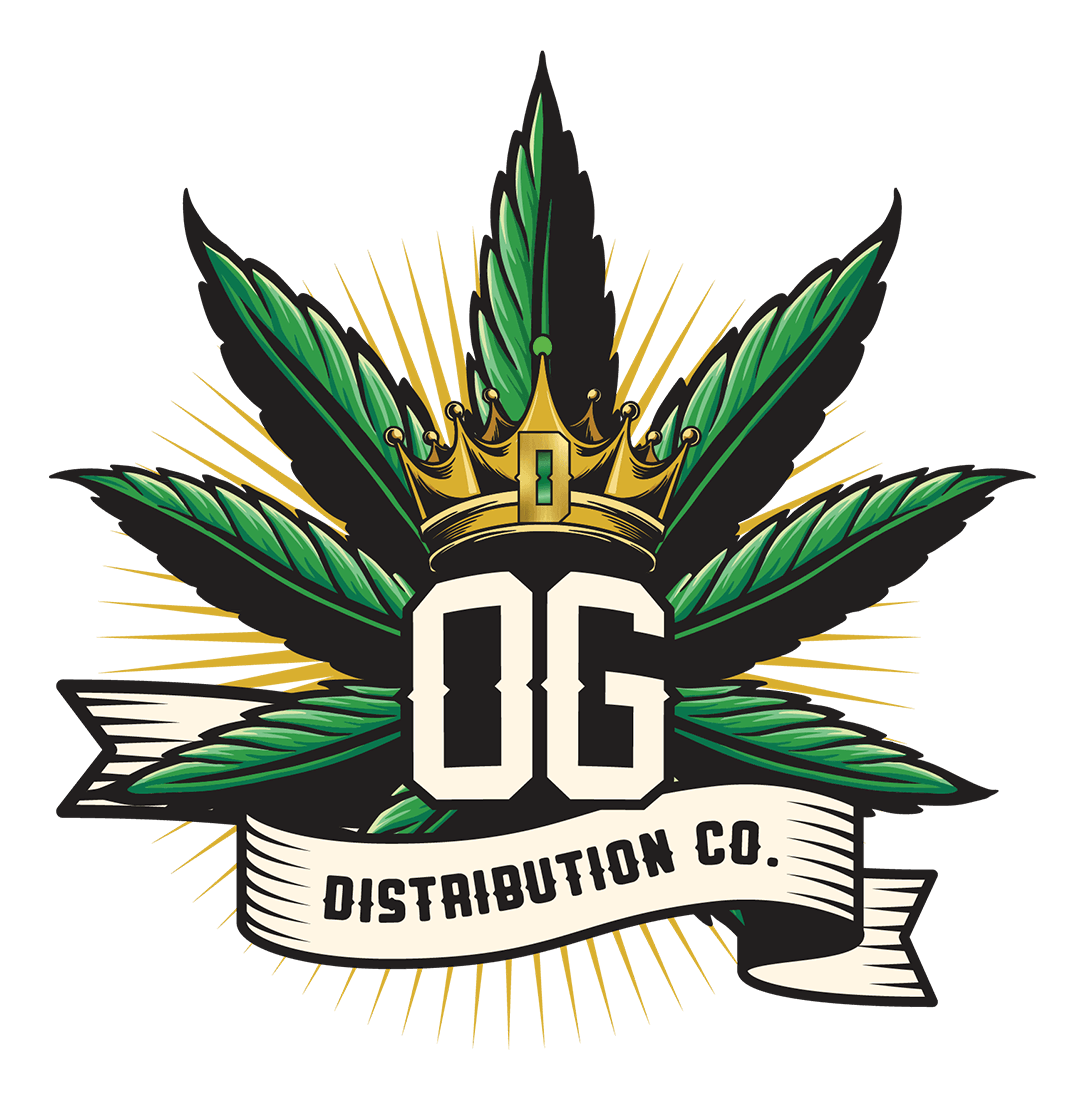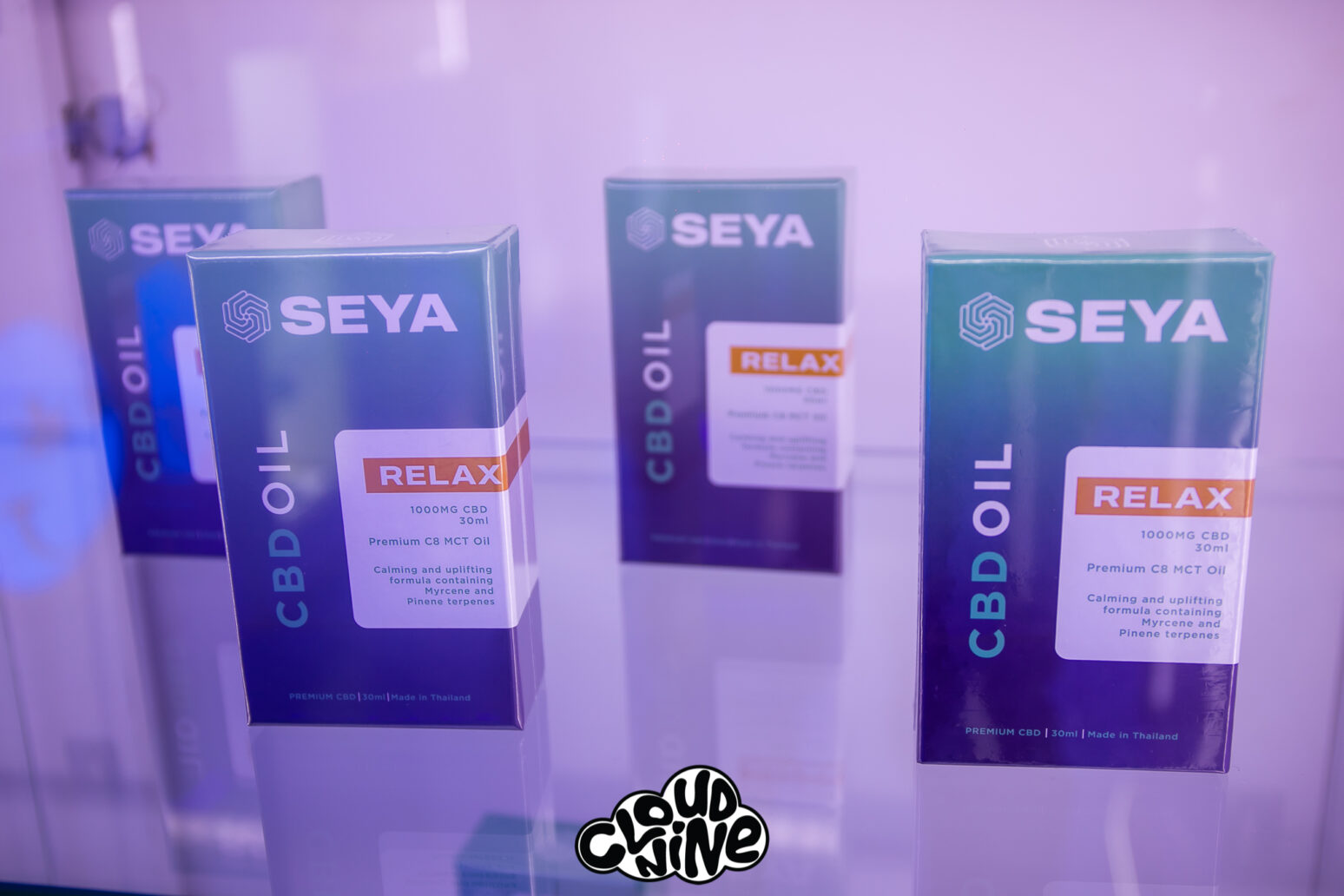The Rise of Thai THC Products: What You Need to Know
The rise in Thai THC products since legalization has been nothing short of monumental. And if you want to learn more about them, please keep reading. Nestled in the heart of Southeast Asia, Thailand has long been revered for its breathtaking landscapes, rich cultural tapestry, and age-old traditions. Among these traditions is the lesser-known relationship the Thai people have with cannabis. While the plant’s history in the region dates back centuries, its status in contemporary Thai society has witnessed considerable change, catalyzing dynamic discussions, innovations, and policies around THC products.
Historically, cannabis was intertwined with various aspects of Thai daily life, from herbal remedies to culinary practices. However, like much of the world, Thailand experienced a prolonged period of stringent prohibitionist policies in the 20th century. This stance began a dramatic shift in recent years, with the nation emerging as a pioneer in Southeast Asia for its progressive approach towards cannabis legalization and commercialization.
This evolution has led to the introduction and popularity of various THC-infused products, bridging the gap between ancient practices and modern consumer demand. As Thailand charts a new path in the global cannabis industry, it becomes imperative for consumers, enthusiasts, and stakeholders to comprehend the intricacies of this shift.
In this guide, we’ll embark on a detailed exploration of the rise of Thai THC products, offering insights into their history, legal frameworks, popular offerings, and potential future trajectory. Dive in and discover Thailand’s green revolution.
Historical Context: Cannabis in Thai Tradition and Medicine
Cannabis, known locally as ganja, boasts a deep-rooted history in Thailand, one that traverses the boundaries of time and usage. To appreciate the contemporary rise of Thai THC products in the nation, it is essential to delve into this rich tapestry, revealing how cannabis has been interwoven with Thai culture for centuries.
In ancient Thai communities, cannabis held a revered place in traditional medicine. Herbalists and local healers utilized the plant to treat a plethora of ailments, from pain and insomnia to digestive issues. Its versatile properties also extended to postnatal care, where it was believed to aid new mothers in their recovery.
Beyond medicine, cannabis found its way into Thai kitchens. Culinary enthusiasts might be familiar with boat noodles, a delicacy that historically contained a touch of cannabis for flavor and therapeutic effects. Such integration of the plant into daily life showcases its societal acceptance and significance.
However, the 20th century marked a deviation, with influences from global anti-drug movements resulting in the criminalization of cannabis in 1979. This would set the stage for several decades of prohibition until recent legislative changes initiated a revival of Thailand’s long-standing relationship with cannabis.
Understanding this historical context provides a foundational perspective, shedding light on the nation’s evolving stance and the significance of the modern cannabis renaissance.
Legal Landscape: Navigating the New Thai Cannabis Regulations
The modern chapter in Thailand’s cannabis legalisation narrative is deeply intertwined with its legal and regulatory shifts. The turn of the 21st century witnessed increasing global momentum toward cannabis decriminalization and legalization. Thailand, with its rich historical connection to the plant, was poised to join this movement.
The landmark decision came in December 2018 when Thailand became the first Southeast Asian nation to legalize medical cannabis. This legislative shift was a testament to the country’s progressive approach and the growing recognition of cannabis’s therapeutic potential. However, it’s essential to distinguish between the legalization of medical cannabis and the broader, unrestricted use of Thai THC products.
Under the new regulations:
Medical Cannabis: Patients can access cannabis treatments but need prescriptions and must register with the government. Qualifying conditions include epilepsy, Parkinson’s disease, and certain chronic pain conditions, among others.
Cultivation and Distribution: While larger-scale cultivation remains under state control, in a bid to promote grassroots participation, Thai households are permitted to grow a limited number of cannabis plants for sale to the government.
Recreational Use: As of the last update, recreational cannabis remains illegal. Possession, sale, or use outside of the medical framework can lead to legal consequences.
It’s crucial for locals and tourists alike to stay informed about these regulations. While Thailand is forging a path of cannabis acceptance, understanding the nuances of its legal framework for Thai THC products ensures safe and compliant engagement.
Popular Thai THC Products: A Showcase of Innovation
As Thailand embraces its renewed relationship with cannabis, a burgeoning market for Thai THC products is emerging. Innovators and entrepreneurs are merging traditional Thai practices with contemporary trends, resulting in a fascinating array of offerings that cater to both medical patients and discerning connoisseurs.
1. Tinctures and Oils: Leveraging the medical legalization, many companies have introduced THC and CBD tinctures. These concentrated liquids, often accompanied by natural Thai herbs, provide a measured method of consumption, particularly popular among patients seeking therapeutic benefits without the traditional smoke.
2. Edibles: Rekindling the culinary connection, modern Thai edibles range from THC-infused snacks to intricate dishes that weave cannabis into the fabric of classic Thai cuisine. These gastronomic delights, while offering a unique method of consumption, require careful dosage monitoring, especially for the uninitiated.
3. Topicals: Incorporating cannabis into skincare and wellness, various lotions, balms, and salves have emerged. Infused with THC, CBD, or a combination of both, these products claim to offer relief from skin conditions, pain, and inflammation.
4. Traditional Inhalants: While new products flood the market, traditional smoking methods remain a staple. Pre-rolled joints, often mixed with local herbs, are available in specific authorized outlets.
This proliferation of products underscores Thailand’s commitment to establishing itself as a frontrunner in the global cannabis industry. As the market matures, consumers can expect an even more diverse array of high-quality, innovative Thai THC products tailored to the unique tastes and preferences of the Thai landscape.
Safety and Consumption: Responsible Use in the Thai Context
Engaging with Thai THC products, while exhilarating, carries inherent responsibilities. As the Thai market expands and diversifies, understanding safe consumption practices becomes paramount. This is especially true for newcomers, tourists, or those unfamiliar with the effects of THC.
1. Start Low and Go Slow:
This mantra is particularly apt for THC consumption. Whether you’re partaking in an edible, tincture, or traditional inhalant, begin with a modest dose. Monitor its effects over a few hours, as THC can have delayed onset, especially when consumed orally.
2. Be Mindful of Combining Substances:
THC can interact with other substances, including alcohol or prescription medications. Always consult with a healthcare professional if you’re uncertain about potential interactions.
3. Understand Local Norms:
While Thailand is becoming more accepting of cannabis, it’s essential to recognize and respect cultural and regional nuances. Avoid public consumption, and be discreet in shared spaces.
4. Educate Yourself on Product Varieties:
Not all Thai THC products are created equal. Familiarize yourself with the distinctions between strains, potencies, and formulations. A Sativa-dominant strain may have uplifting effects, while an Indica-dominant strain might induce relaxation.
5. Be Aware of Legal Boundaries:
Even with progressive policies, there remain legal limitations concerning possession, distribution, and consumption. Ensure you’re operating within the framework of Thai law to avoid complications.
Ultimately, engaging with Thai THC products should be a blend of exploration and caution. By prioritizing safety and responsible use, consumers can fully appreciate the breadth and depth of Thailand’s burgeoning cannabis offerings.
Medical vs. Recreational: Understanding the Distinctions
The global dialogue on cannabis often revolves around the bifurcation of its usage: medical and recreational. While the lines may seem blurred, especially with the growing acceptance and diverse product range, understanding the key distinctions is essential, especially in a context like Thailand where regulatory nuances matter.
1. Purpose of Use:
Medical: Cannabis, when used for medical purposes, is often prescribed to alleviate specific ailments or conditions. Whether it’s chronic pain, epilepsy, or anxiety disorders, the consumption is purpose-driven, targeting symptom relief or therapeutic benefits.
Recreational: This category is rooted in personal enjoyment or leisure. Consumers might partake for the euphoric experiences, relaxation, or simply social bonding.
2. Access and Availability:
Medical: In Thailand, accessing medical cannabis requires a valid prescription from a registered healthcare provider. Dispensaries catering to medical users may have a different product range, emphasizing therapeutic properties.
Recreational: As of the current legal framework in Thailand, recreational Thai THC products and cannabis remains prohibited. Nevertheless, it’s essential to be informed and wary of black-market products or unauthorized sales.
3. Potency and Dosage:
Medical: Medical cannabis products often have precise dosages, allowing patients to consume consistent and controlled amounts.
Recreational: Without the strict regulations of medical usage, recreational products can vary widely in potency, necessitating users to be cautious and informed.
In closing, while the allure of Thai THC products spans both medical and recreational spectrums, discerning the differences ensures compliance with local laws and a more informed, safer consumption experience.
The Road Ahead: Predictions for Thailand’s Cannabis Future
As we journey through Thailand’s evolving cannabis tapestry, it becomes imperative to cast a gaze forward, pondering the potential trajectory of the nation’s Thai THC products landscape. Rooted in rich history and bolstered by recent legislative strides, the future appears verdant, albeit with its set of challenges and opportunities.
1. Economic Potential: With a blend of tradition and innovation, Thailand stands poised to become a significant player in the global cannabis market. The country’s unique strains, combined with its agricultural prowess, positions it as an ideal hub for cannabis cultivation and product development.
2. Health and Wellness Tourism: Thailand, renowned for its wellness retreats and therapeutic traditions, might see an integration of cannabis therapies. This fusion could potentially bolster its reputation as a leading destination for holistic health and rejuvenation.
3. Regulatory Evolution: As societal acceptance grows and the global cannabis trend shifts, Thailand might revisit its stance on recreational cannabis. Future policy reforms could open doors to a broader range of consumption avenues and opportunities.
4. Challenges: While the prospects seem promising, challenges in terms of quality control, combating illicit markets, and ensuring responsible consumption remain.
In summation, Thailand’s cannabis journey is akin to a sapling — deeply rooted and poised for growth. It will be both intriguing and exciting to observe how this Southeast Asian gem navigates its green future, blending age-old wisdom with contemporary aspirations and Thai THC products.


